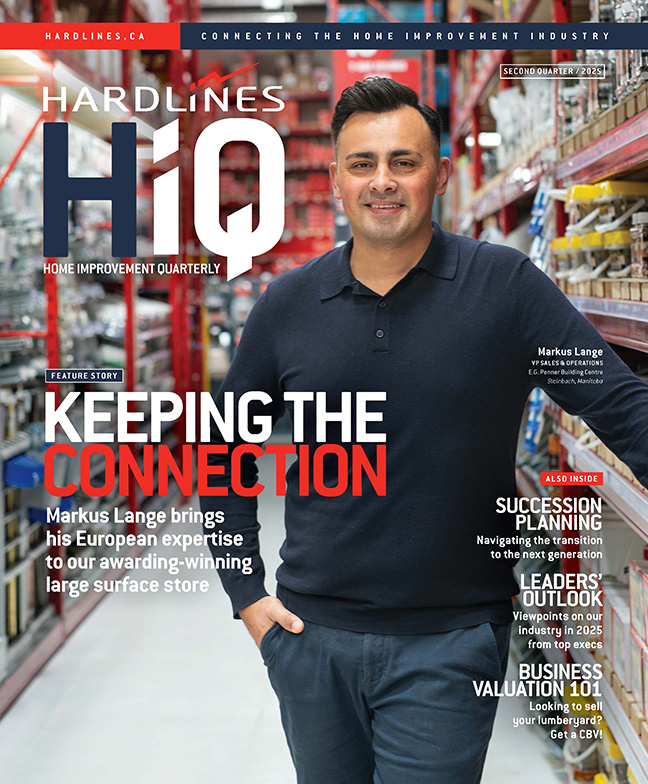
Portrait of Deborah Craven President of Longos for the Cover of Canadian Grocer magazine
Last month, we summarized a presentation by Deb Craven, president of Longo’s grocery chain in southern Ontario. Craven was giving a talk on how she increased employee engagement at Longo’s when she was appointed president last summer—and how she plans to keep it increasing in the years ahead. Here, we present some more of her ideas, this time on effective listening.
Craven started by looking at the employee engagement numbers, which Longo’s had collected, by department, for a number of years. Employee engagement can be defined as the level of enthusiasm and dedication a worker has toward their job. Obviously, in retail, a low level of employee engagement will kill traffic, sales, and ultimately the company.
Longo’s was (and is) a highly successful regional chain of grocery stores, but it was the stalled employee engagement levels that bothered Craven the most. She reported to a Retail Council of Canada HR seminar that the number of Longo’s employees that said they were engaged was 67 percent in 2023 and 2022, down from 69 percent in 2021.
Craven knew that Generation Z are entering the workforce en masse. This generation, born between 1997 and 2012, is motivated by being heard. If they have good ideas and insights, they will shut down and find another job when they feel they can’t express those ideas. Craven decided to listen to her workforce first, before prescribing any changes.
Here are some tips for being a better retail leader by really working on your listening skills. Craven tried to practise all of them. Something must have worked because Longo’s is heading in the right direction again on employee engagement.
Maintain eye contact. Giving an employee focused attention by looking right at them while they are speaking is highly important. Head nodding and a relaxed posture present a non-verbal way to say that you are paying attention. Glancing at your phone while an employee is making a point is almost a guarantee that you will have non-engaged employees.
When listening, do not focus on what you are going to say next. One management expert called this the difference between being “interested” and being “interesting.” It’s not about you. It’s about the employee.
Check your understanding. Summarizing what you think you’ve just heard is the most important part of replying, when the employee has finished. (Craven advises using pregnant pauses, leaving silences, when an employee has stopped talking—to encourage the real nugget of their communication to emerge.) The employee will feel heard, and they will correct any misunderstandings you have had about their points.




































